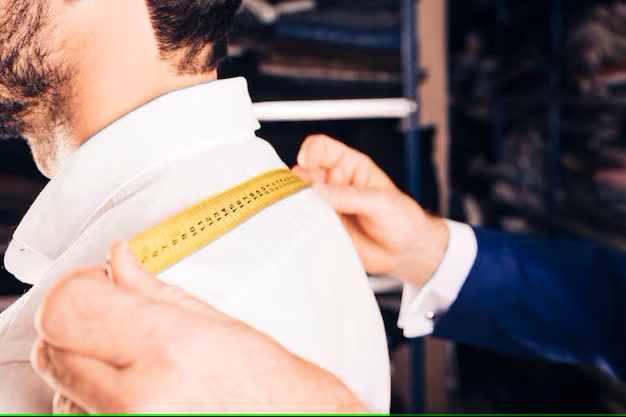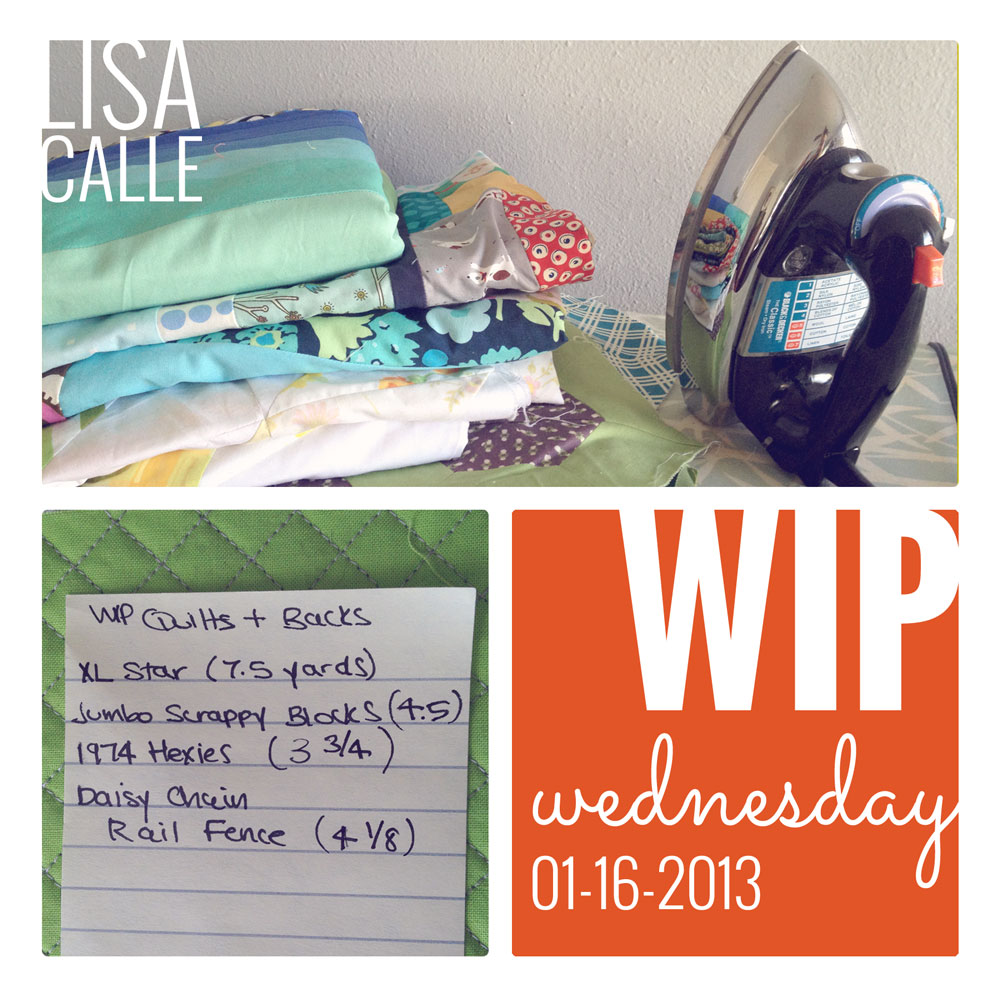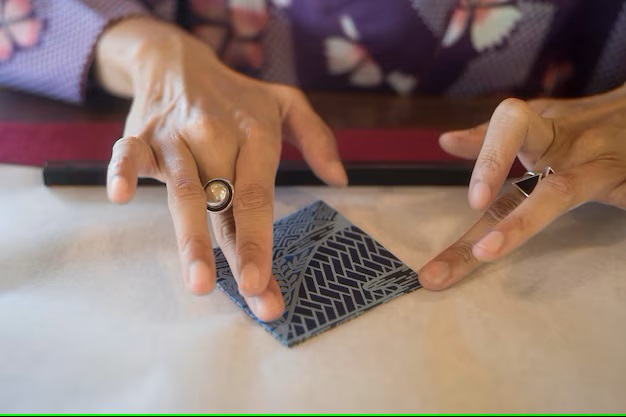Sourcing the Perfect Fabric for Your Jasika Blazer
Creating a standout garment involves a multitude of considerations, with selection of materials standing out as a pivotal aspect. The right choice can elevate a design, adding character, durability, and comfort. Each type of textile brings its own unique attributes that can significantly influence the overall appeal of the garment.
Exploring various options allows for a deeper understanding of fibers, weaves, and finishes. Different materials cater to distinct styles and functions, enabling one to tailor their vision effectively. Whether aiming for elegance, casual comfort, or something in between, knowledge of available textiles lays the foundation for an exquisite outcome.
Additionally, awareness of sourcing practices contributes to responsible fashion choices. Considering sustainability and ethical production enhances not only the allure of a piece but also its impact on the world. Crafting a truly remarkable item encompasses both aesthetic appeal and conscientious decision-making.
Understanding Fabric Types for Blazers
Selecting suitable materials plays a crucial role in achieving a stylish and comfortable outerwear piece. There are various textiles available, each offering unique qualities that can influence the overall appearance and functionality of the garment. Recognizing these options can empower individuals to make informed choices when designing or purchasing outerwear items.
Common Materials Used
- Wool: Known for its warmth and durability, wool is a classic choice for cooler climates. It drapes well and can be found in numerous weaves.
- Cotton: This breathable and lightweight option is perfect for casual pieces, offering comfort and versatility.
- Linen: A great summer alternative, linen is airy and helps keep the wearer cool, though it wrinkles easily.
- Polyester: Often blended with other fibers, polyester adds strength and resistance to creasing while maintaining a polished look.
Quality Considerations
- Weight: Heavier materials provide structure, while lighter options tend to offer a softer silhouette.
- Weave: Different weaving techniques can affect texture, from smooth to textured surfaces.
- Finish: Fabrics can be treated for various finishes, such as water resistance or a luxurious sheen.
Choosing Colors and Patterns Wisely
Selecting hues and designs can significantly influence overall aesthetic and personal expression. Understanding how various shades and intricate motifs interact with one another is essential in creating an impressive look. Striking a balance between boldness and subtlety will elevate any ensemble to new heights.
Understanding Color Psychology
Colors evoke emotions and set the tone for any outfit. Warm shades like reds and oranges can convey energy and enthusiasm, while cool tones such as blues and greens often evoke calmness and serenity. When deciding on a color palette, consider not only personal preferences but also occasions and environmental cues to ensure coherence and thoughtful representation.
Exploring Pattern Combinations
Integrating patterns can add depth and interest to any wardrobe piece. Stripes, checks, florals, or abstract designs can create unique visual stories when combined correctly. Mixing prints requires attention to scale and contrast; for example, pairing a bold floral with a subtle stripe can create a beautifully balanced effect. Experimentation and subtlety hold the key to mastering this art.
Evaluating Fabric Quality and Durability
Determining the excellence and longevity of material is crucial when selecting components for a tailored garment. The attributes that contribute to resilience and overall performance are essential considerations for ensuring satisfaction and usefulness over time. Understanding these characteristics not only aids in making educated choices but also enhances the overall appeal of the finished piece.
Key Indicators of Quality
Several indicators reveal the standard of a textile. First, it’s important to assess the fiber type; natural fibers often provide breathability and comfort, while synthetic options may offer enhanced durability. Additionally, examining the weave can help identify how tightly the threads are interlaced, thereby influencing strength and texture. A higher thread count typically corresponds to a more robust and luxurious feel.
Assessing Longevity
Beyond initial impressions, evaluating resilience over time is vital. Testing for colorfastness ensures that hues remain vibrant after multiple washes. Similarly, scrutinizing the fabric’s resistance to fraying and pilling will indicate how well it withstands wear. Finally, understanding maintenance requirements will further inform the practicality of a choice, leading to a garment that maintains its elegance through repeated use.
Matching Fabric with Your Personal Style
Choosing the right textile can significantly enhance your overall look, reflecting individuality and personal expression. Every blend presents unique characteristics that can either complement or contrast your style. Understanding how to align these materials with your wardrobe allows for a more cohesive aesthetic and emphasizes your fashion sensibilities.
Identifying Your Style
Before diving into material choices, it’s essential to recognize your distinctive style. Are you drawn to classic elegance, or do you prefer a more avant-garde approach? Contemporary cuts and styles often call for lighter, flowing textures, while timeless silhouettes might benefit from structured and heavier options. A clear awareness of your preferred aesthetics will guide you in selecting textiles that harmonize with your vision.
Consideration of Colors and Patterns
Beyond texture, pay attention to hues and designs. A vibrant fabric can serve as an eye-catching centerpiece, while muted tones may evoke subtle sophistication. Mixing patterns with solid colors can add depth to an outfit, showcasing your personality. Ensure that the chosen textile resonates with the palette and patterns already present in your closet, creating a balanced ensemble.
Considering Seasonal Fabric Choices
When creating an ideal outerwear piece, one must carefully evaluate materials that align with fluctuating climate conditions throughout the year. Each season brings its unique set of characteristics that can enhance both style and functionality. Selecting appropriate textiles not only influences comfort but also contributes to the overall aesthetic of the garment.
Spring is a time for lighter weight materials that provide breathability. Fabrics like cotton and linen are excellent choices as they offer both comfort and a relaxed appearance, making them suitable for transitional weather.
In summer, the focus shifts to lightweight and moisture-wicking options. Look for textiles such as seersucker or blends featuring synthetic fibers that allow for enhanced ventilation, ensuring wearers remain cool in heat.
As autumn arrives, it’s time to incorporate richer textures and colors. Wool blends, tweeds, and heavier cottons not only provide warmth but also add visual interest through varied patterns and hues, making them ideal for this vibrant season.
Finally, winter necessitates the use of thicker, insulated materials. Selecting fabrics like wool, flannel, or even innovative performance textiles enhances warmth, ensuring that one stays cozy and stylish as temperatures drop.
Ultimately, choosing textiles based on seasonal demands can significantly uplift the overall appeal and practicality of an outerwear creation, allowing individuals to express personal style while adapting to environmental changes.
Where to Source Unique Materials
Finding distinctive textiles can greatly enhance the appeal and individuality of any garment. Exploring various avenues not only broadens the selection but also encourages creativity in design. Below are some valuable suggestions to discover exceptional materials that can elevate your creations.
Local Artisan Markets
Visiting local artisan markets is a fantastic way to uncover one-of-a-kind materials. Here, small businesses and individual craftsmen showcase their work, providing unique options that are often difficult to find elsewhere. Engaging with local sellers can also lead to interesting stories behind the materials, adding a personal touch to your project.
Online Specialty Retailers
The internet has broadened access to niche suppliers who offer specialty materials from around the world. Websites dedicated to unique textiles provide a vast selection, often with innovative designs and textures. Be sure to read reviews and check return policies to ensure a satisfactory shopping experience.
Q&A: Sourcing fabric for your jasika blazer
What types of fabric are recommended for a Jasika blazer?
The Jasika blazer is designed to be versatile and flattering, so it’s best to choose fabrics that drape well and have some structure. Recommended fabrics include lightweight wools, stretch cottons, and medium-weight linens. These materials not only hold their shape but also provide comfort and breathability, making them suitable for various seasons. Additionally, consider fabrics with a bit of stretch for ease of movement, especially if you prefer a fitted look.
How do I choose a fabric that is both stylish and practical for my Jasika blazer?
When selecting a fabric for your Jasika blazer, consider the balance between style and practicality. Look for fabrics that offer a good drape, as this will enhance the blazer’s silhouette. Popular choices include wool blends that are durable yet chic, and cotton blends that are easy to care for. Don’t forget to think about your lifestyle; if you need a blazer that withstands daily wear, opt for a fabric that is machine washable and resistant to wrinkling. Additionally, explore patterns and textures to express your personal style while keeping functionality in mind.
Can I use heavy fabrics for a Jasika blazer, or should they be lightweight?
While the Jasika blazer is traditionally tailored with lighter fabrics for maximum comfort and smooth fit, using heavier fabrics is not a strict rule. If you prefer a more structured look or intend to wear the blazer in cooler weather, heavier fabrics like canvas or denim can work well. Just be cautious; heavier materials may alter the fit and draping of the blazer, so it’s essential to keep the overall design and intended wear in mind when making your choice.
What are some tips for sourcing high-quality fabric for my Jasika blazer?
Sourcing high-quality fabric for your Jasika blazer involves a few key steps. First, research reputable fabric suppliers or local stores known for their quality offerings. Touch and feel the fabric before purchasing, as this will give you a sense of its weight, texture, and drape. Additionally, look for natural fibers like wool, cotton, or linen, as they typically offer better breathability and longevity compared to synthetic options. Don’t hesitate to ask for fabric samples to compare different materials and colors side by side before committing to a larger cut.
Are there specific colors or patterns that work best for a Jasika blazer?
The Jasika blazer can be adapted to suit a wide range of colors and patterns, depending on your personal style and the statement you want to make. Classic colors like navy, black, and grey are timeless options that can be paired with various outfits. If you’re feeling adventurous, consider bold colors like emerald green or soft pastels for a modern twist. For patterns, plaid, houndstooth, or subtle florals can add visual interest without overwhelming the blazer’s design. Ultimately, the best choice will align with your wardrobe aesthetics and the occasions for which you plan to wear the blazer.
What factors should I consider when choosing fabric for my Jasika Blazer?
When selecting fabric for your Jasika Blazer, it’s important to consider several key factors. First, think about the climate you’ll be wearing the blazer in; lighter fabrics like cotton or linen are great for warmer weather, while wool or heavier blends are better for cooler temperatures. Next, pay attention to the texture and drape of the fabric. Fabrics with a good drape, such as silk or polyester blends, create a tailored look, while stiffer fabrics like canvas can provide structure. Additionally, consider the fabric’s durability and ease of care; some materials may require dry cleaning, while others can be machine washed. Lastly, don’t forget to think about color and pattern preferences, as these will impact the overall aesthetic of your blazer.
How do I know if a fabric is suitable for a tailored blazer like the Jasika?
To determine if a fabric is suitable for a tailored blazer such as the Jasika, you should evaluate a few essential characteristics. First, check the fabric weight; blazers typically require a medium to heavyweight fabric to maintain structure. Look for fabrics that have a bit of stretch, as this will provide comfort and allow for ease of movement. Additionally, examine the fabric’s composition; natural fibers like wool, cotton, and linen offer breathability and comfort, while synthetic blends can provide wrinkle resistance and durability. Assess the fabric’s finish as well; a smooth, refined finish will enhance the look of your blazer. Finally, consider conducting a test by holding a swatch of fabric up to your body to see how it feels against your skin; comfort is key for a garment you’ll wear often.
What type of interfacing works best when sewing the Jasika Blazer by Closet Core Patterns?
Fusible interfacing is a great choice for adding structure to the Jasika Blazer by Closet Core Patterns. For more tailored looks, using a weft interfacing will give your jacket shape and durability, especially in areas like the lapel and sleeve heads.
Why are shoulder pads essential in a tailored jacket?
Shoulder pads are key in giving a tailored jacket its structured shape. They provide support in the sleeve area, preventing any puckering and ensuring that the jacket holds its form, especially in fabrics like wool fabric or heavyweight suitings.
How does sewing welt pockets on a wool jacket enhance its look?
Sewing welt pockets on a wool jacket adds a professional, tailored touch. The neat, flat finish of welt pockets not only looks polished but also offers a practical and stylish element to the jacket’s design, making it wearable for both formal and casual occasions.
What adjustments might be needed when using pattern pieces from a blazer pattern?
When working with pattern pieces from a blazer pattern, especially like the Jasika Blazer by Closet Core, adjustments may be required for fit. Making a muslin first can help identify any changes needed in the bust and waist to achieve the perfect tailored jacket fit.
Why should sewists consider wool melton or crepe when choosing fabric to make a tailored jacket?
Wool melton and crepe are ideal fabrics for making a tailored jacket because they have the surface texture and weight needed for structure. Heavyweight suitings or lightweight coatings with surface texture, such as wool, also provide warmth and durability while maintaining a polished look.
What is the best fabric store option for finding high-quality fabric for a blazer pattern?
A well-stocked fabric store will offer a curated selection of fabrics like wool gabardine, cotton twill, and rayon Bemberg for lining. Suiting fabric and materials like melton or seersucker and linen are also great options for projects like the Jasika Blazer, depending on the desired texture and weight.
Why is making a muslin important when sewing a blazer?
Making a muslin is important to check the fit of a blazer pattern before cutting into the final fabric. This step helps ensure that the blazer will fit well in areas like the bust, waist, and around the sleeve, preventing issues with pucker or shrinkage down the road, especially when working with wool or other fabrics prone to shifting.
How do shoulder pads and sleeve heads contribute to the shape and structure of a blazer?
Shoulder pads and sleeve heads are vital components in creating a structured, professional look for a tailored jacket. They provide shape and stability at the shoulder seam, preventing the fabric from collapsing and enhancing the overall silhouette of the blazer. Using speed tailoring methods, such as attaching these with a press cloth, helps achieve a smooth and polished finish.
What type of fabric works best for sewing a classic tailored jacket like the Jasika Blazer?
Medium to heavyweight suitings, such as wool melton, crepe, and tweed, are ideal choices for a classic tailored jacket like the Jasika Blazer. These fabrics provide the right texture and structure, especially when paired with knit interfacing to maintain the blazer’s shape.
How do leather or suede elbow patches enhance a tailored jacket?
Leather or suede elbow patches add both style and durability to a tailored jacket. They create a classic, timeless look while also reinforcing high-wear areas on the sleeves, making the jacket perfect for casual and semi-formal occasions.
What should sewists look for in a sewing pattern when making their first blazer?
When making your first blazer, choosing a well-drafted sewing pattern like the Jasika Blazer by Closet Case is essential. This pattern includes clear instructions and features like a back vent and topstitching, which make it easier to achieve a professional finish, even for beginners.
Why is it important to pay attention to the right side of the fabric when cutting jacket fabric?
Paying attention to the right side of the fabric ensures that all pattern pieces are aligned correctly, preventing mistakes in assembly. This is especially crucial when using fabrics like poly suitings or when adding features like leather or suede elbow patches to maintain a consistent look.
What tools and supplies are needed to make a classic tailored jacket?
To make a classic tailored jacket, essential tools and supplies include pinking shears for trimming seams, shoulder pads for structure, and tailor’s tools like topstitching thread and a back vent template. Additionally, using a paper pattern by Closet Core Patterns and medium-heavy weight cotton or wool melton ensures a smooth sewing process.




